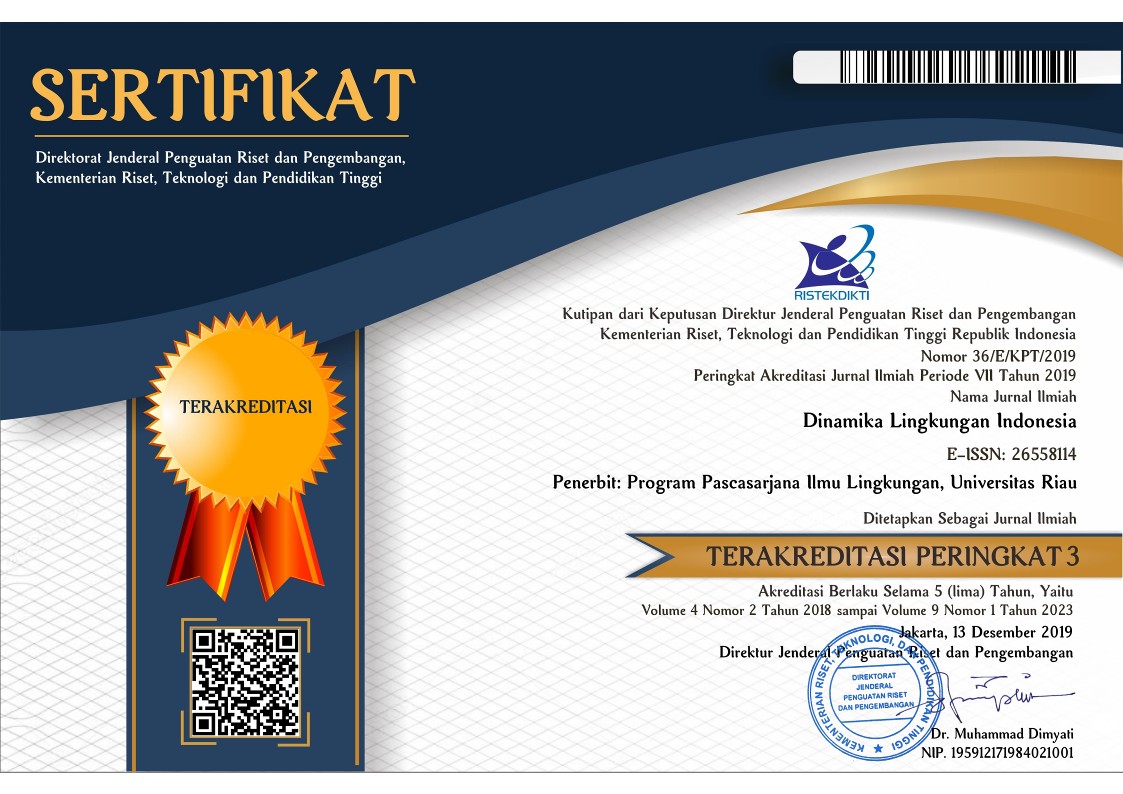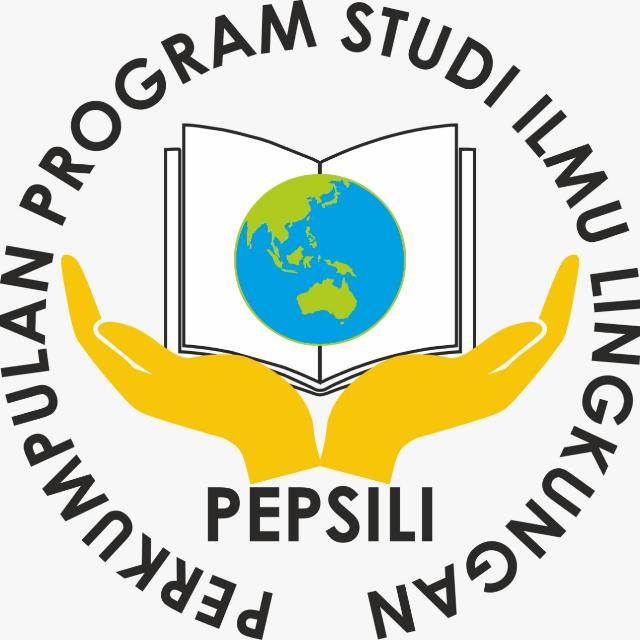Pengaruh musim terhadap kejadian pneumonia pada balita di Kabupaten Pelalawan
Abstract
Keywords
Full Text:
PDFReferences
Brussels. (2010). Climate Change and Respiratory Disease. Journal European Respiratory Disease. (Impacts of Climate Change on Respiratory Disease).
Chen, C., Wen, H., & Chen, P. (2012). Prenatal and postnatal risk factors for infantile pneumonia in a representative birth cohort. Epidemiol Infect, 1277–1285. https://doi.org/10.1017/S0950268811001890.
Ernyasih, Fini, F & Noor, L. (2018). 'Analisis Hubungan Iklim (Curah Hujan, Kelembaban , Suhu Udara dan Kecepatan Angin) dengan Kasus ISPA di DKI Jakarta'. Ilmu Kesehatan Masyarakat, 07(03), 167–173.
Gardinassi. Luiz et all. (2012). Seasonality Of Viral Respiratory Infections In Southeast Of Brazil: The Influence Temperature And Air Humidity. Brazilian Journal of Microbiology : Vol 98 No 108.
Geberet, A., Alemayehu, W & Yemane, B. (2015). Factors associated with acute respiratory infection in children under the age of 5 years : evidence from the 2011 Ethiopia Demographic and Health Survey. Pediatric Health, Medicine and Therapeutics, (6), 9–13. https://doi.org/10.2147/PHMT.S77915.
Goel, V., S, A, Hogade & SG. Karadesai. (2012). Ventilator Associated Pneumonia in a Medical Intensive Care Unit Microbial Aetiology, Susceptibility Patterns of Isolated Microorganisms and Outcame. Indian Journal of Anaesthesia, Vol 56(6) : 558-562. doi: 10.4103/0019-5049.104575.
Griffiths, P. L., Balakrishna, N., Rao, S. F., & Johnson, W. (2016). Do socio-economic inequalities in infant growth in rural India operate through maternal size and birth weight ? 4460(2), 154–163. https://doi.org/10.3109/03014460.2015.1134656.
Herrera-lara S, Fernández-fabrellas E, Cerverajuan Á, Blanquer-olivas R. (2013). Do seasonal changes and climate influence the etiology of community acquired pneumonia ? Arch Bronconeumol. ;49(4):140-5.
Honkinen M, Lahti E, Österback R, Ruuskanen O, Waris M. (2012). Viruses and bacteria in sputum samples of children with community-acquired pneumonia. Clin Microbiol Infect. 18(3):300–7. Available from: http://dx.doi.org/10.1111/j.1469-0691.2011.03603.x.
Harnani, Y., Hamidy, R., Sukendi., Afandi, D. (2020). ‘Spatial Analysis of Pneumonia in Todlers Based on Environmental, Individual and Behavior Factors ins Pelalawan Regency Riap Province’. Indian Journal of Forensic Medicine & Toxicology, October-December 2020, Vol. 14, No. 4.
HU, W., Z. Xu & Tong, S. (2015). 'The geographical co-distribution and socio-ecological drivers of childhood pneumonia and diarrhoea in Queensland', Australia'. Epidemiol Infect, 143, 1096–1104. https://doi.org/10.1017/S095026881400171X.
J.G. Ayres. (2009). Climate Change and Respiratory Disease: European Respiratory Society Position Statement. European Respiratory Journal : Volume 34 No 2.
Kumbasari, T. A., Budiyono, & Nikie, A, Y, D. (2017). 'Perbandingan Kejadian Pneumonia Pada Balita Yang Tinggal Di Dataran Tinggi Dan Dataran Rendah Ditinjau Dari Faktor Iklim Kota Semarang Tahun 2012-2016'. Jurnal Kesehatan Masyarakat, 5(5), 898–905.
Kim J, Kim JH, Cheong HK, Kim H, Honda Y, Ha M, et al. (2016). Effect of climate factors on the childhood pneumonia in papua new guinea: A time-series analysis. International Journal Environmental Research Public Health ;13(2):1-16. doi:10.3390/ijerph13020213.
Kementerian Kesehatan Republik Indonesia. Pedoman Penyehatan Udara dalam Ruang Rumah. 2011.
Leh, O, L, H., Shaharuddin, A., Kadaruddin, A & Yaakob, M, J. (2011). Urban air environmental health indicators : A preliminary set for city of Kuala Lumpur. (April 2016), 1–23. https://doi.org/10.21837/pmjournal.v9.i2.86.
Mas'udah, A, F., Pristya, T, Y, R.. (2020). Karakteristik Iklim dan Pneumonia Anak : Sistematic Review.Jurnal Respirologi Indonesia, vol 4 No 1.Onozuka D, Hashizume M, Hagihara A. (2009). Impact of weather factors on Mycoplasma pneumoniae pneumonia. Thorax ;64(6):507-11.
Onozuka D, Chaves LF. (2014). Climate variability and nonstationary dynamics of mycoplasma pneumoniae pneumonia in Japan. PLoS One.;9(4):e95447. DOI: 10.1371/journal.pone.0095447.
Saputra, A & Mirtawati. (2020). Vector Autoregressive Integrated (VARI) Menggunakan Software R. Jurnal Baut & Manufaktur, Vol 02, No 01, 09-16.
Utami, H.T., & Windraswara, R. (2019). Korelasi Meteorologi dan Kualitas Udara dengan Pneumonia Balita di Kota Semarang Tahun 2013-2018. Higeia Journal of Public Health Research and Development, 3(4), 588-598. WHO. (2016). Pneumonia.
DOI: http://dx.doi.org/10.31258/dli.9.1.p.39-44
Refbacks
- There are currently no refbacks.





